He wheels in on his automatic wheelchair, a smile on his face. His positivity lights up the room. “I want you to remember how well I navigate [the wheelchair],” he says.
A few months ago, my grandfather was diagnosed with an incurable disease: ALS — short for Amyotrophic Lateral Sclerosis. It’s also referred to as Lou Gehrig’s disease — named after the New York Yankees player who was forced to retire in 1939 due to the disease — or Motor Neuron Disease (MND) which is the class of neurological disorders ALS is placed into. No matter what you call it, the disease’s devastating effects remain the same.
In 2022, my grandfather had a failed left knee replacement. After a follow-up adjustment, a removal of scar tissue, and continued rehab, his knee still did not recover. He also struggled with a bad back — after a high school football injury — and since the surgery has had difficulty moving his leg due to his dropping left foot. This made walking extremely strenuous and difficult.
He planned to get back surgery, but that came to a halt after seeing a neurologist who referred him to an ALS specialist. His official diagnosis was in September of 2023. Since being diagnosed, he has moved into an automatic wheelchair, his speech has rapidly deteriorated, he has trouble swallowing, and he’s acquired a permanent feeding tube. Actions like blowing his nose have become impossible and small household chores are exhausting. He becomes easily fatigued, even from conversation. It’s only been a few months since his diagnosis.
Johns Hopkins Medicine describes ALS as “progressive degeneration of nerve cells in the spinal cord and brain.” The degeneration leads to increasing muscle weakness and decreased motor functions, breaking down the body until it can no longer breathe for itself. According to the National Center for Advancing Translational Sciences, fewer than 50,000 people in the United States have been diagnosed with the disease. Some common early symptoms include cramping, stiffness, muscle twitching, weakness, trouble chewing or swallowing, and slurred speech, many of which my grandfather possesses.
ALS has many variations and forms, some caused by the disease being passed down genetically, but most forms are sporadic. I AM ALS, a group focused on spreading awareness and finding cures for ALS, states that 90% of diagnoses are to patients who don’t have a family history of ALS — a statistic that includes my grandfather.
I connected with Nate Methot, who was diagnosed with ALS in 2011 after having about a year of symptoms such as weakness and loss of coordination in his legs when running and jumping as well as in his fingers when typing. Methot says the hardest part of living with ALS is the “loneliness — in feeling like you’re living outside the world everyone else inhabits — and losing your independence and really, more broadly, your identity.” Methot had to quit his full-time job in 2012, sell his car and house, and eventually move in with his parents in 2019. “ALS is very different for each person,” describes Methot. “We’re given the standard two to five year life expectancy at diagnosis, but some don’t make it a year and others can live 10 or 20 or more. It’s a continuous cycle of loss, and each one hurts.”
Since his diagnosis, Methot has shared his story through his website; blog; social media pages; and his memoir, “A Life Derailed: My Journey With ALS.” In his blog post, “The Needs,” Methot highlights three things ALS patients need: safety, satisfaction, and connection. In regards to safety, he writes, “Always trying to stay in the moment is probably the only way [to] feel safe … rather than worrying over an unstable and unacceptable future.”
For satisfaction, he describes the need to feel a sense of accomplishment, even when it seems there is only so little you can do. As he continues, he describes the important distinction that we are human beings, not “human doings,” and that our existence as humans is enough and we aren’t measured by how much we can do. He highlights how poignant that is for those who have lost many physical capabilities. “We have to constantly remind ourselves of our value beyond what we might accomplish,” Methot writes. “It’s a difficult (or impossible) lesson to internalize.”
After an ALS diagnosis, the connections patients have with those around them either strengthen or fade away completely. Methot says, “I’ve even heard about family members who ‘can’t handle it’ and stop showing up and the distance [they feel] grows.” Methot explains the importance of connection: “For some people, sadly, true empathy is so terrifying they won’t even try … [They’ll] just pretend we don’t exist [like] that’ll make the pain go away. If only it were that easy for us.” Methot’s main advice to someone recently diagnosed is to take action and connect. For those who know someone recently diagnosed, he emphasizes the importance of supporting them and educating yourself to recognize — on some level — what they are going through.
I also had the privilege of speaking to James Smith over the phone. For Smith, his symptoms of ALS emerged differently: a muscle twitch in his upper left arm, shoulder, and elbow started to lead to increasing weakness in the area. Smith was diagnosed with limb-onset ALS in 2021, at the age of 36, but this has been his fourth year of symptoms. His disease has since progressed, and he has lost mobility and strength in both arms. He knows his legs are next before it spreads to the rest of his body.
Even before Smith’s diagnosis, he’d seen the devastating effects of ALS as his grandmother had rapidly passed away because of the disease. However, his form of the disease is not genetic, but rather sporadic and has a much slower progression. Smith shares that in the beginning, he used alcohol more than he should’ve as he grappled with the new reality ALS had created for him. However, “if you accept the fact that you are going to die from ALS then the easier it is to then carry on with life and hopefully in that time, we might come up with a magical cure to slow it down or reverse it,” explains Smith.
Even with the possibility of his future being cut short, Smith still works to keep himself positive. “I think you can dig yourself into a darker and darker place, especially with a terminal illness like ALS because there isn’t really a light at the end of the tunnel … I try to live as positive and open-minded as I can be,” he shares. Smith has had to leave his beloved job as a barber because of the inability to use his arms. He continues to worry about being a burden on his wife and of the impact on his young children. Since he’s now unable to lift his arms above his head, he is frustrated with being unable to do “dad things” with his children who are eight, five, and two. Nevertheless, his mantra is to focus on what he can do, and not what he can’t.
“Life doesn’t stop with ALS … inside our heads, we are the same people,” says Smith. The advice Smith has for those whose loved ones have recently been diagnosed is to love and support them with the limited amount of time they have left. He says it’ll be hard, but those moments make the biggest difference.
Being diagnosed with ALS is undeniably difficult for both the person diagnosed and the loved ones around them. Director of Clinical Services for ALS United Mid-Atlantic, Susan Walsh, has worked with ALS patients for 29 years. She now works as a care manager for patients and their families as their ALS symptoms progress. She assists them in adapting to their continuously progressing symptoms. “A diagnosis of ALS is a life-altering event,” Walsh explains. “It causes everyone in the family to evaluate their lives and relationships and the reality of limited life expectancy. People respond in a variety of ways, but are forever altered.” Walsh continues, sharing the impact a diagnosis has on the patient, saying that patients often grieve a former self and are forced to live a new normal in the time that they have left.
Not only are those diagnosed forced to live with a new normal and grapple with the idea of a life cut short, but so are the loved ones around them. “Strong supportive relationships are called on and intensified,” Walsh shares. “The diagnosis in other[s] expose[s] problems that have not been addressed and bring[s] them into the dynamic.” Walsh says the most common thing she hears from patients is, “I don’t want to be a burden to my family.” This thought was echoed by my grandfather when he told me he didn’t want to burden our family. He planned to always take care of my grandmother as they got older, but now that role has been flipped. Walsh says everyone with ALS needs to know that they aren’t alone and that they won’t be abandoned, even as the mysterious course the disease takes on the body makes planning ahead difficult. “Families are torn between holding on to hope and letting go,” Walsh writes.
My grandpa’s been given a unique perspective he can use to reflect upon his life. “It makes everybody more aware of how special life is and how quickly it can go away,” he tells me. “Lead your life the way you want it to be.” When I asked him what he needed, he said time. Time to spend with people in his life, his family, and the woman who keeps him going, his wife — my grandmother — of 50 years. That being said, he recognizes his need to stay in the present: “Don’t dwell on something you can’t change … be thankful for what you have.”
Currently, ALS has no cure, yet many remain hopeful. Walsh shares she finds gene-targeting medications to be most promising, and adds that “we now have four drugs that address this disease.” Three of these have been approved in the past year, and even more remain in the pipeline. However, medications usually target just one form of ALS, and with so many variations out there, we still have a lot more work to do.
“Connect with resources that can support and guide you,” Walsh recommends to those diagnosed. “Attend an ALS specialty clinic, make a plan for managing ongoing problems, [and] connect with other ALS families through resource groups and activities.”
Smith agrees, adding, “You are a good resource for yourself. If you don’t want to find help for yourself then you won’t get help. Being as open and positive as you can be is the best way to help [yourself].” He explains the value of raising awareness of this deadly disease, saying it’s often seen as a “hidden disability.”
While we wait, hope, and adapt the best we can, all we can do is make the most of all we still have. In my grandpa’s words, “Hopefully I can keep a smile on my face as opposed to a frown.”


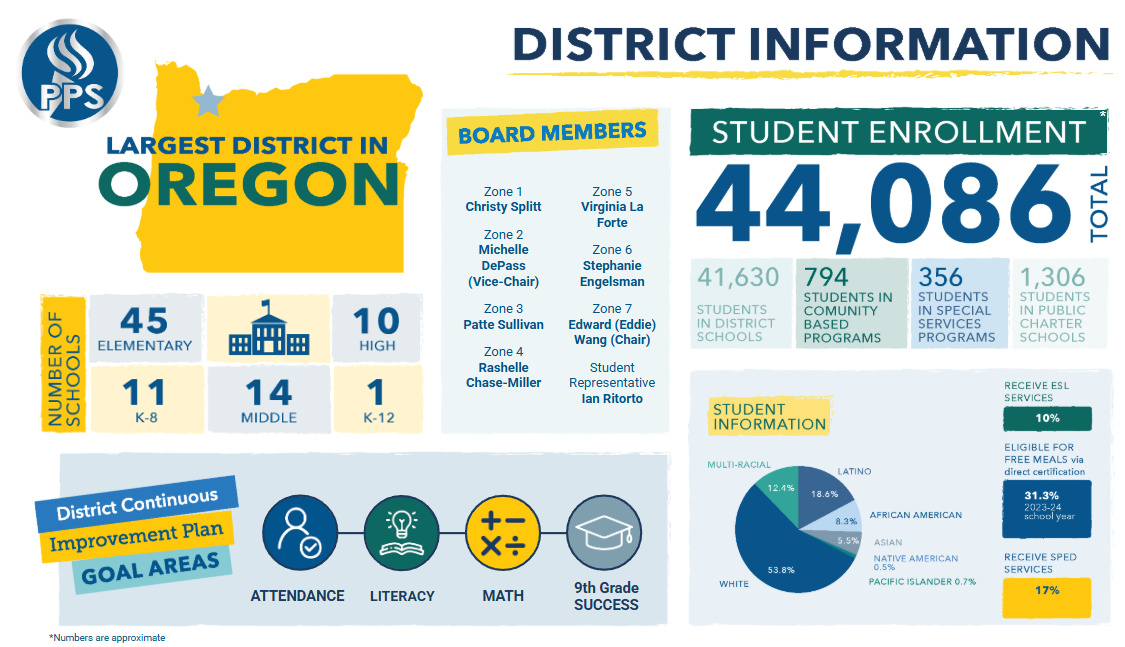







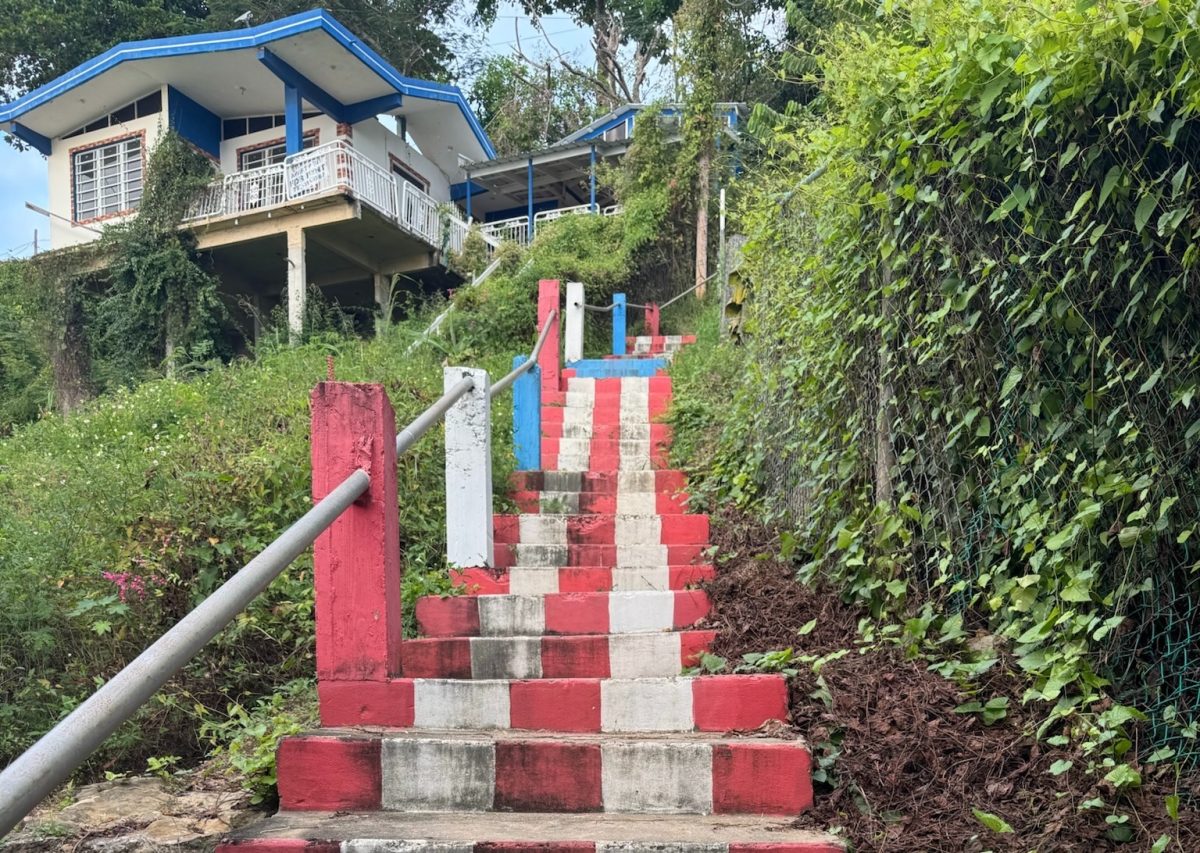
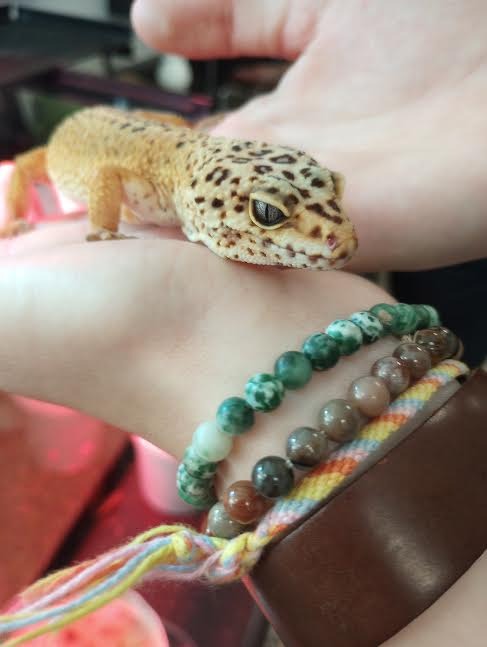
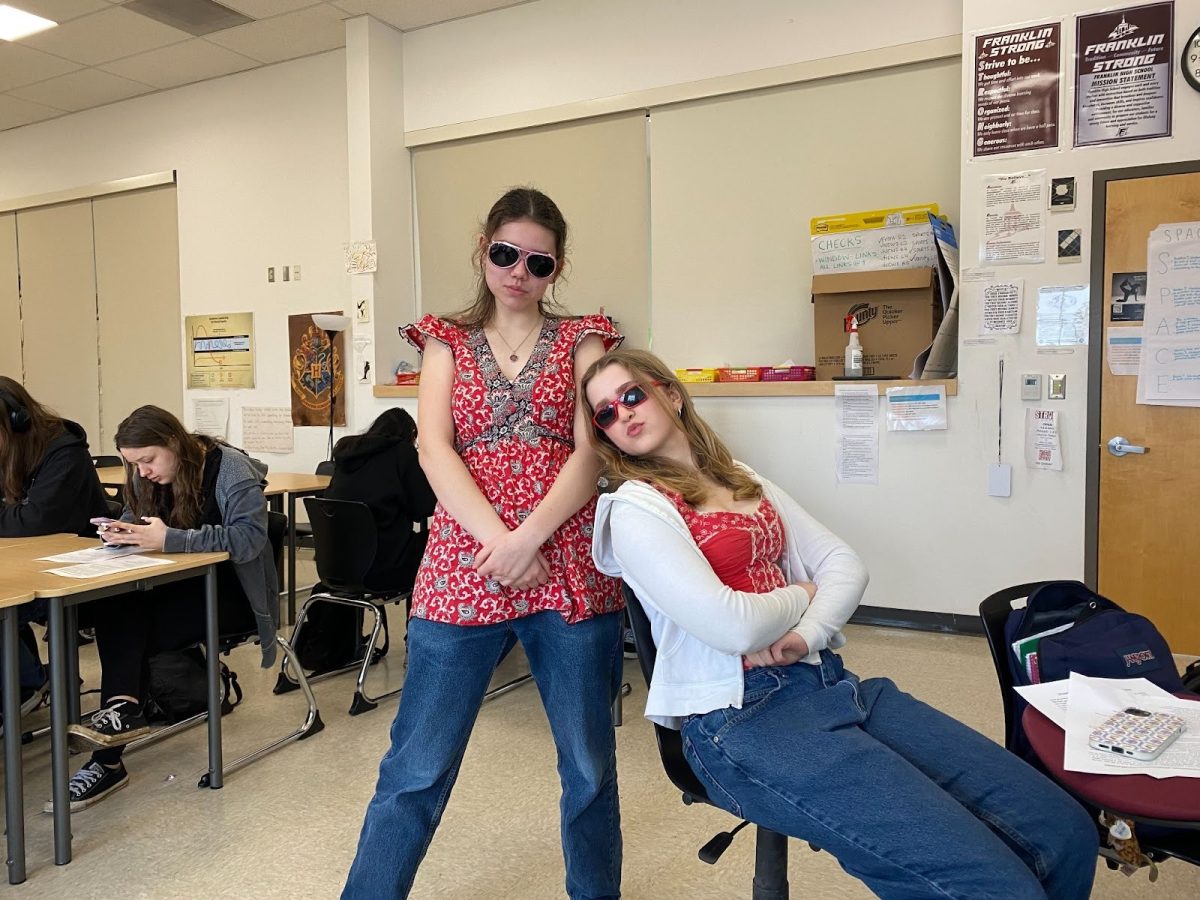
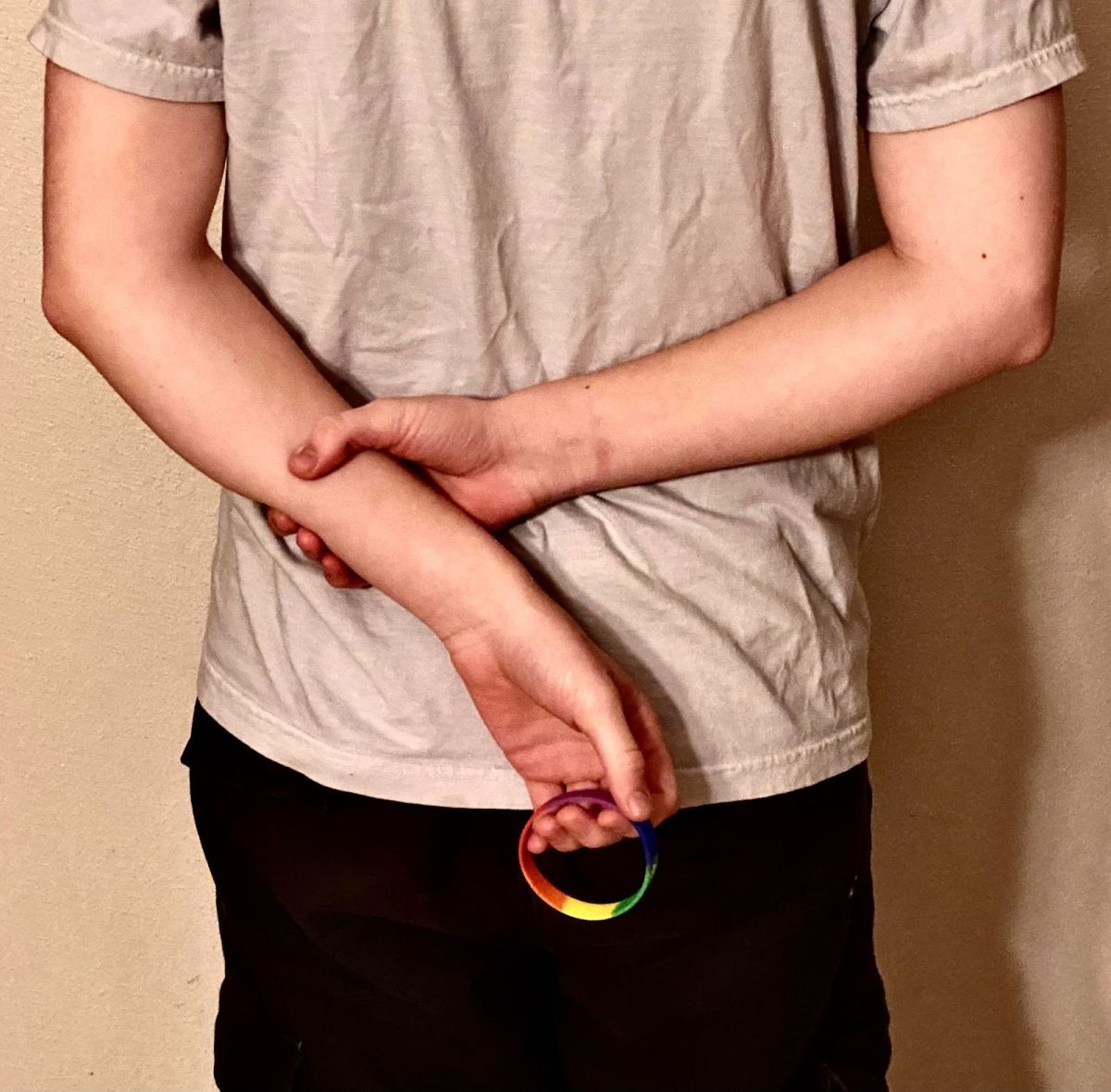


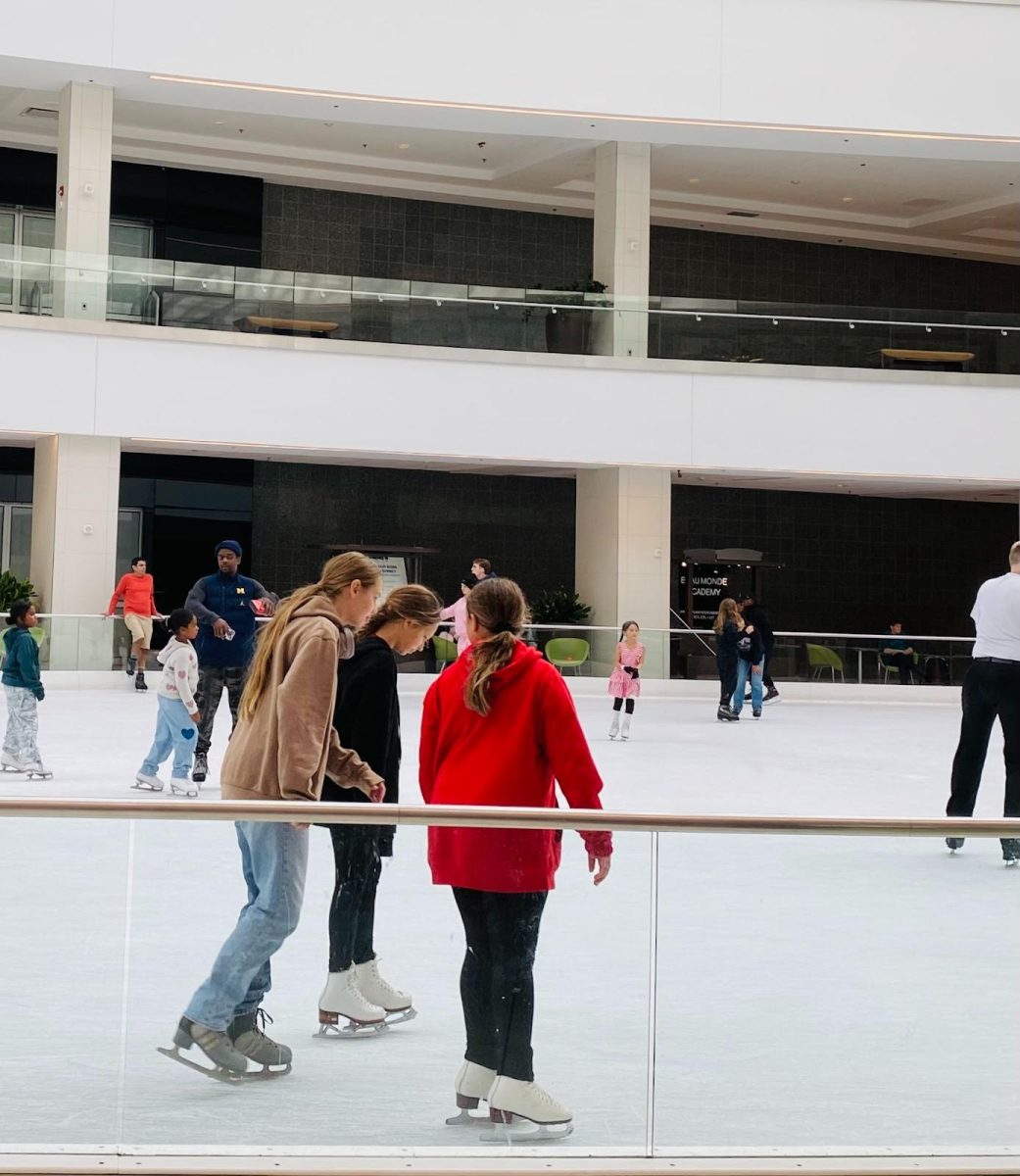
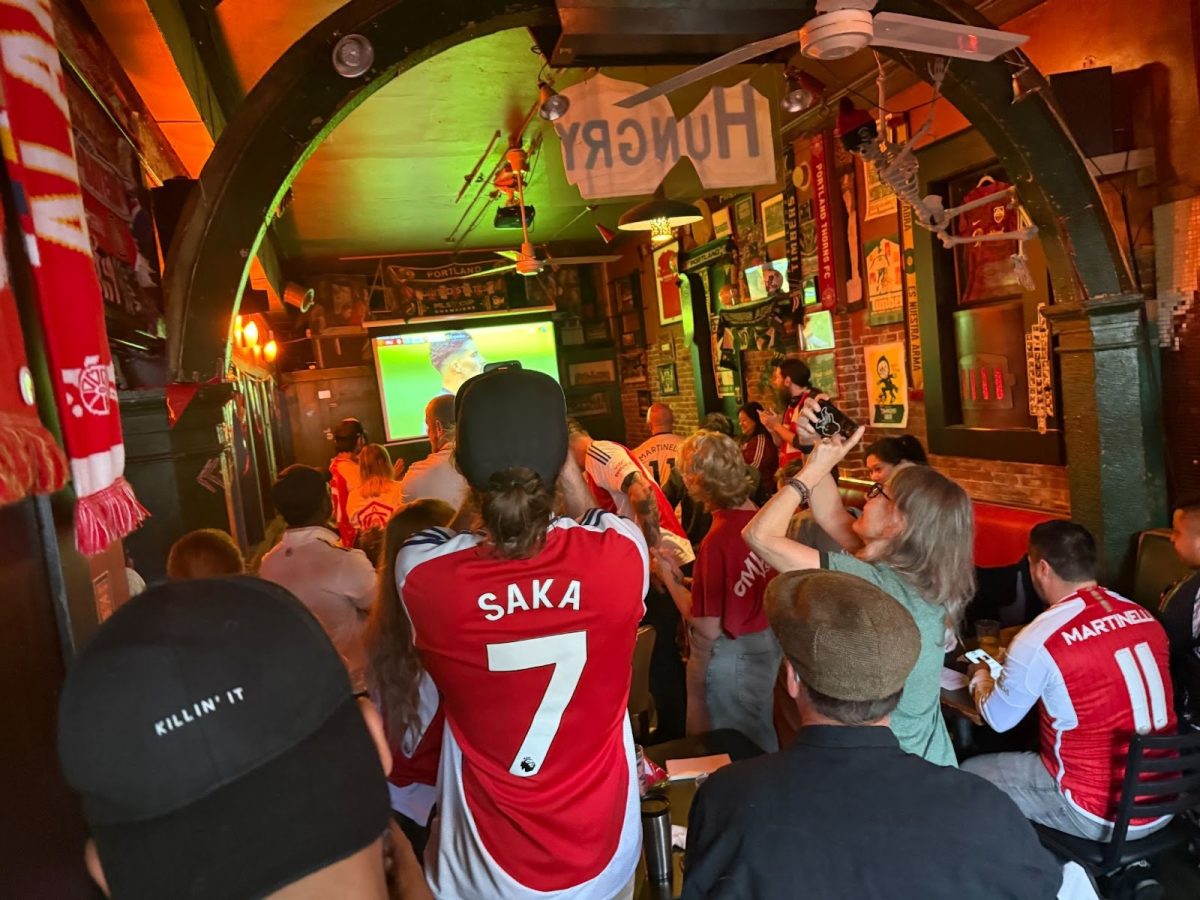
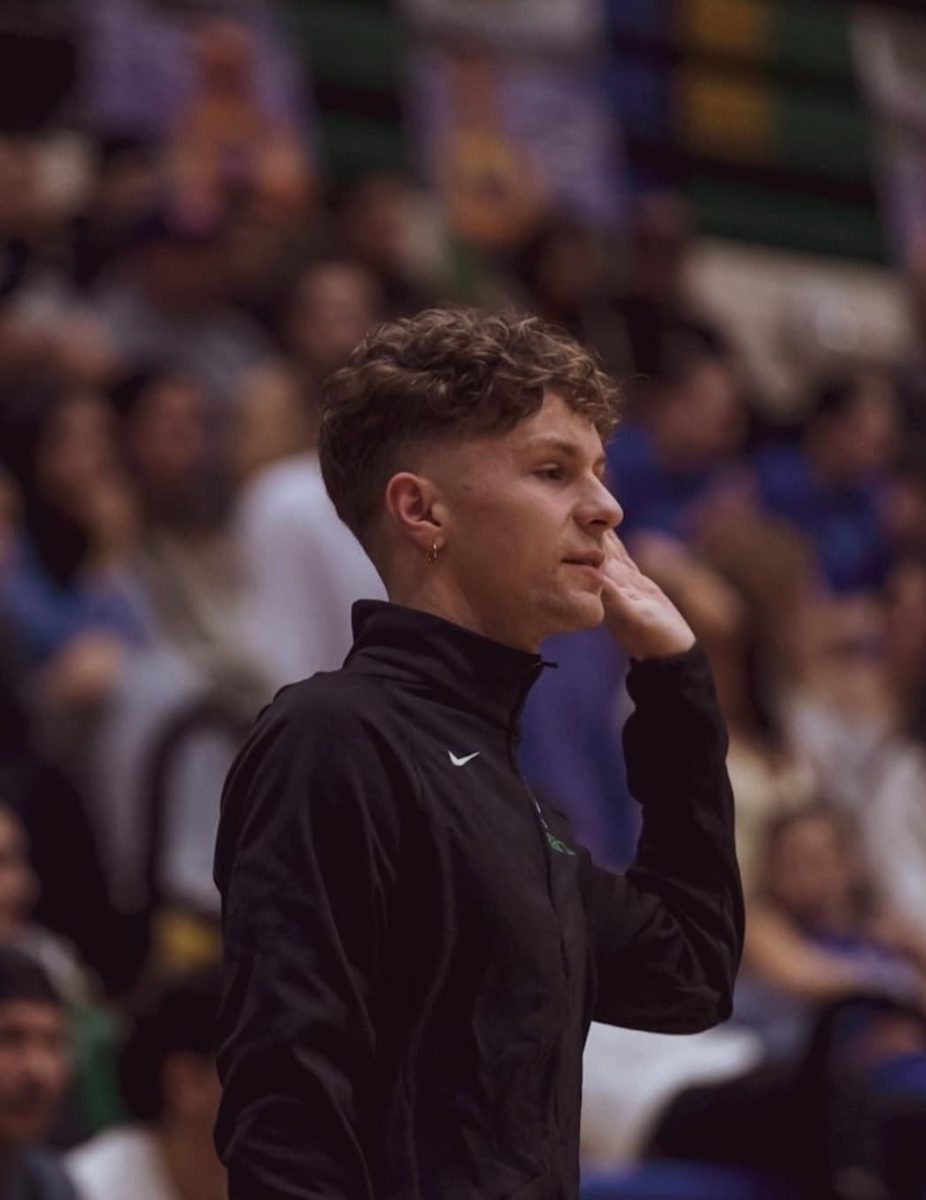


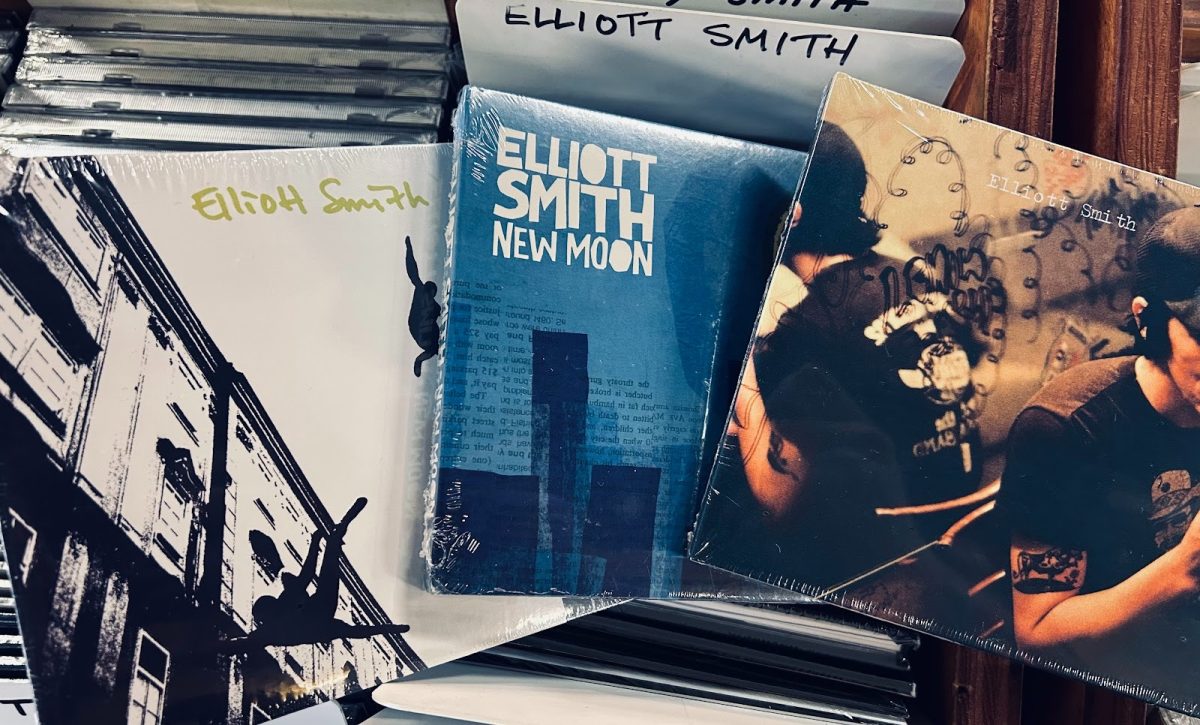



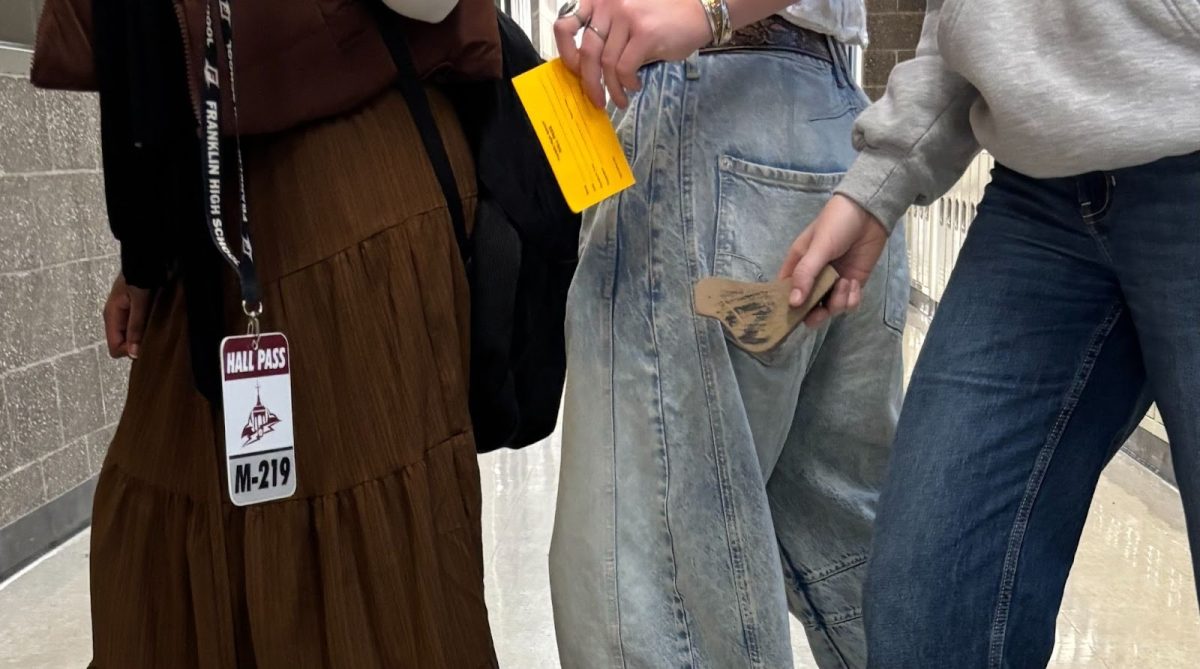

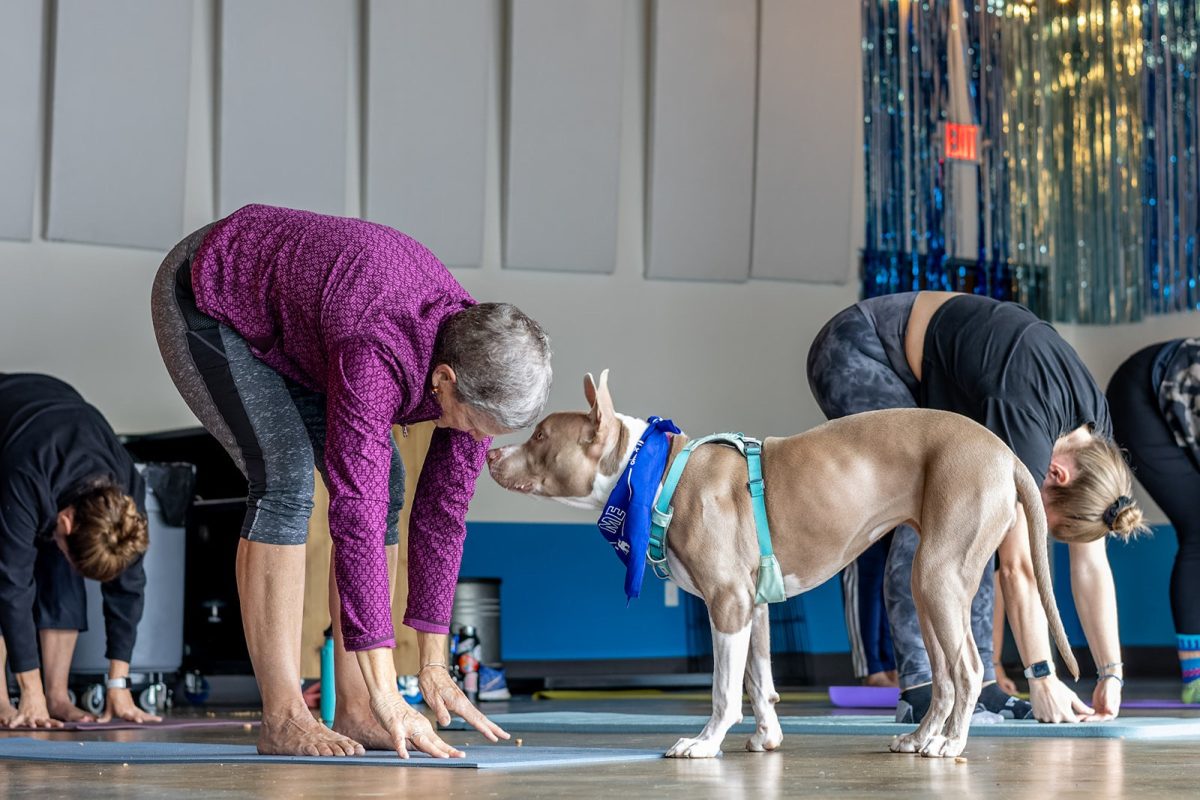
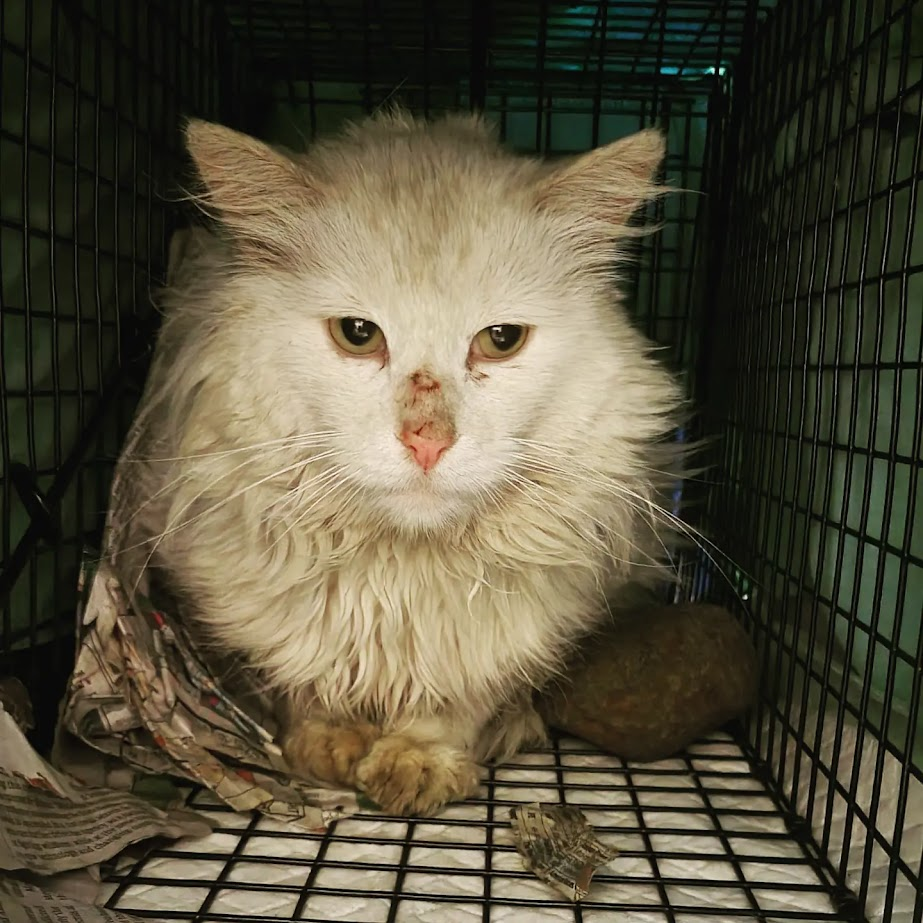
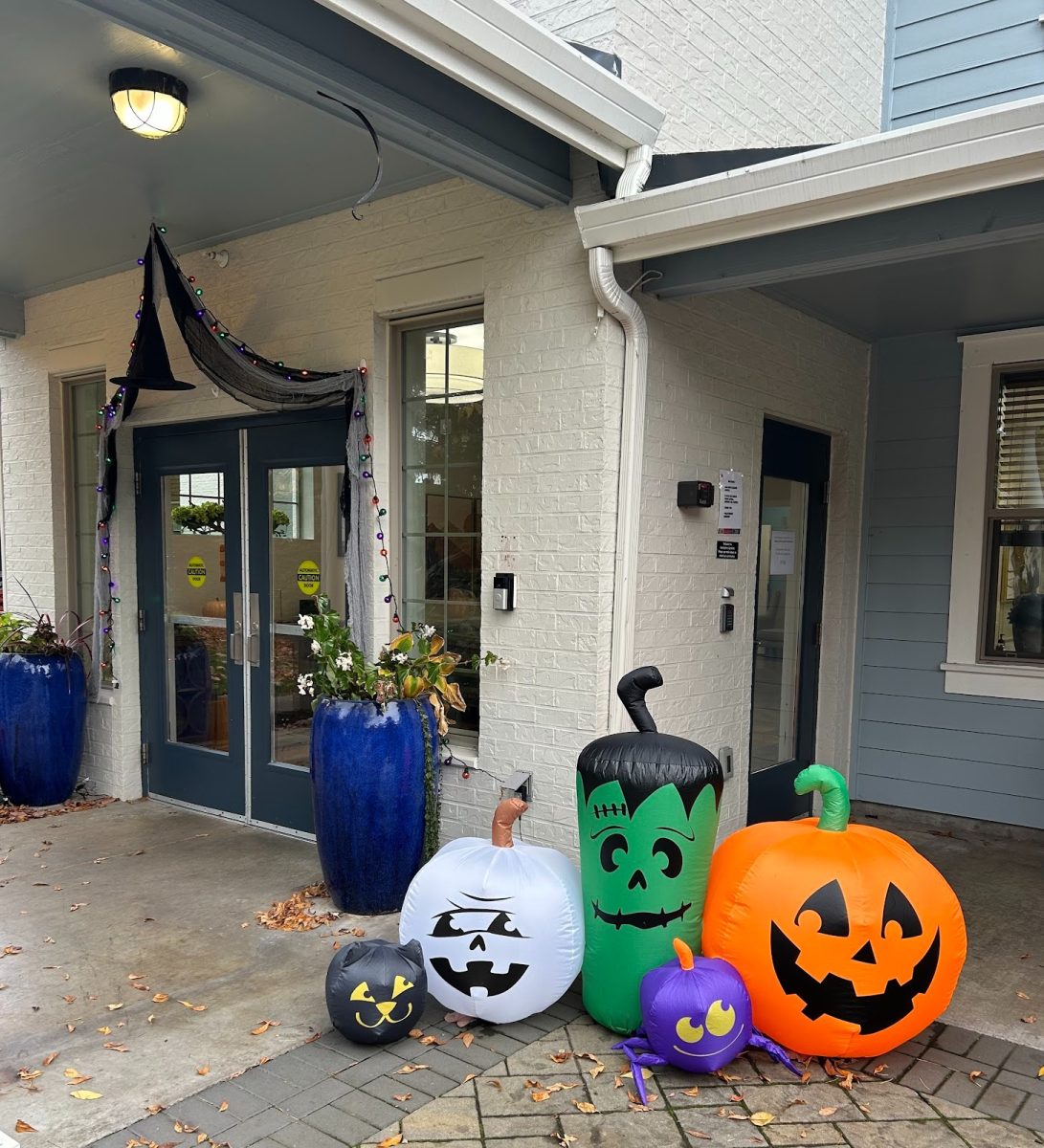





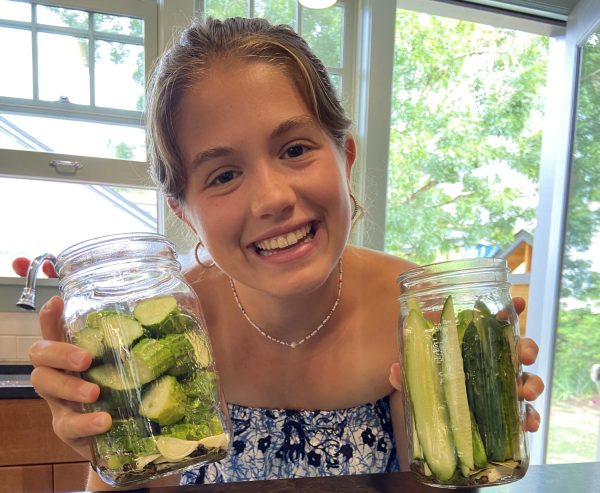
Grace Nathan's • Jan 12, 2025 at 8:44 pm
I am a CALS. My husband is PALS. It was hard and I cry daily but not in front of him unless we cry together. He couldn’t find anything to give him happiness or hope. We have been focusing on our faith. He was only losing his voice before we made the decision to try different medications, which significantly enhanced his condition. He received treatment for ALS/MND at uinehealthcentre . c om from Canada approximately four months ago; since then, he has stopped using a feeding tube, speech is getting better by the day, sleeps well, works out frequently, and has become very active.